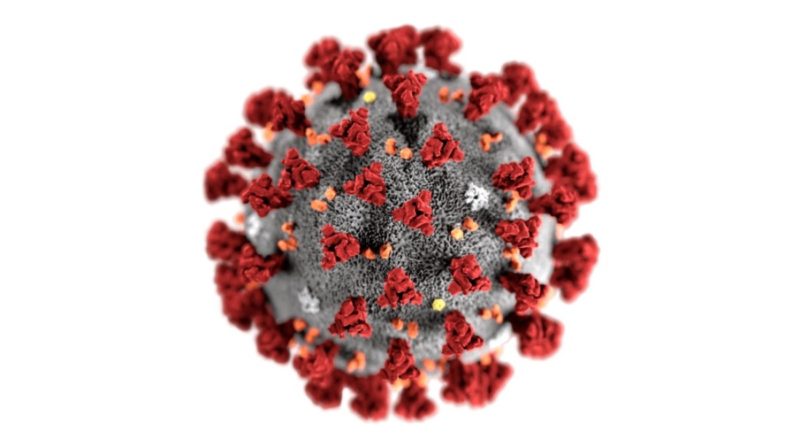Today is Day 234, more than seven months from the first reported case of Covid-19 in Hubei, China on 17 November 2019. Global infection stands at 11,949,281 with 546,601 deaths. Singapore has 45,140 infections and 26 deaths.
The epicentre of this global pandemic is currently the US, which leads the world in both the total number of infections (3,097,084) and deaths (133,972), about 25% of the global total for both statistics.
The situation in Singapore has changed drastically since 7 April 2020, when the not-lockdown was imposed. The number of infections has increased by more than 30x in the span of just three months, but thankfully the mortality rate has been kept low.
Globally, a vaccine has not yet been found, though certain treatments like convalescent plasma and remdesivir have shown signs of reducing mortality. There is still a long way to go before we are free of this disease.
| SARS | H1N1 | Covid-19 | |
|---|---|---|---|
| Start | Nov 2002 | Apr 2009 | Nov 2019 |
| End | Jul 2003 | Aug 2010 | ? |
| Duration | 9 months | 17 months | 7 months + |
| WHO Status | Epidemic | Pandemic | Pandemic |
| Infections (SG) | 238 | 415,000 | 45,140 + |
| Deaths (SG) | 33 | 18 | 26 + |
| Endgame | Containment | Vaccine | ? |
When the virus first spread, the prevailing consensus was that it was a respiratory disease, but more and more reports are indicating that the virus attacks more than just our lungs.
Science published an article on 24 April 2020 that foreshadowed this development. It was morbidly, but aptly, titled “A rampage through the body” and included the infographic below.

The article starts with the following paragraphs, and then goes on to describe how the virus could attack different parts of the body. Sobering, but informative and worth the 15 minute read.
On rounds in a 20-bed intensive care unit one recent day, physician Joshua Denson assessed two patients with seizures, many with respiratory failure, and others whose kidneys were on a dangerous downhill slide. Days earlier, his rounds had been interrupted as his team tried, and failed, to resuscitate a young woman whose heart had stopped. All of the patients shared one thing, says Denson, a pulmonary and critical care physician at the Tulane University School of Medicine. “They are all COVID positive.”
As the number of confirmed cases of COVID-19 approaches 2.5 million globally and deaths surpass 166,000, clinicians and pathologists are struggling to understand the damage wrought by the coronavirus as it tears through the body. They are realizing that although the lungs are ground zero, the virus' reach can extend to many organs including the heart and blood vessels, kidneys, gut, and brain.
“[The disease] can attack almost anything in the body with devastating consequences,” says cardiologist Harlan Krumholz of Yale University and Yale-New Haven Hospital, who is leading multiple efforts to gather clinical data on COVID-19. “Its ferocity is breathtaking and humbling.”What is known at this time is that we still don’t know much about this new disease, and that it continues to mutate and spread even as we race to find vaccines and treatments.
So, for now, all we can do is to stay safe, stay healthy and limit the spread. This, too, shall pass.
Update 13 July 2020: Similar findings were published in a Nature Medicine paper on 10 July 2020, and summarised in a CNN article on 11 July 2020.
Featured image source: US CDC
